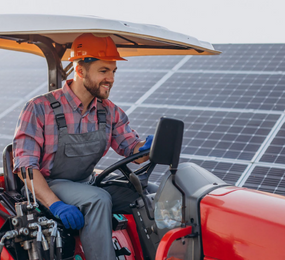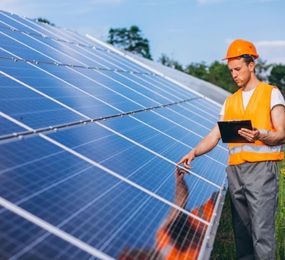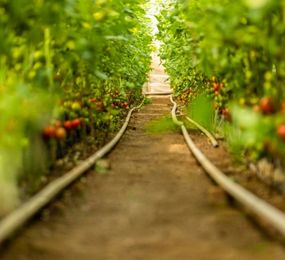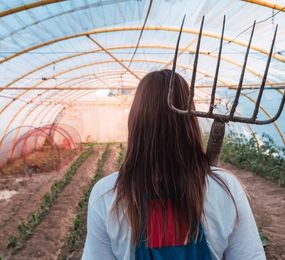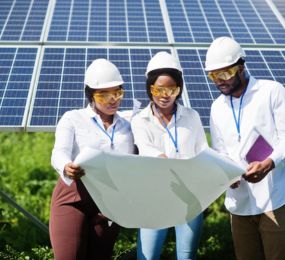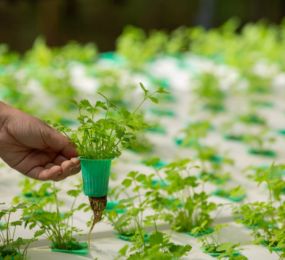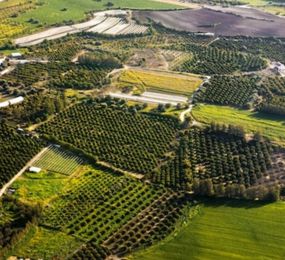As the global demand for both sustainable agriculture and renewable energy continues to rise, the innovative field of agrivoltaics offers a promising solution. Agrivoltaic systems, which integrate solar photovoltaic (PV) technology with agricultural practices, allow for dual land use—simultaneously producing crops and solar energy on the same plot of land. However, to maximize the benefits of this synergy, thoughtful design and optimization of these systems are crucial.
Key Design Considerations
The design of an agrivoltaic system begins with careful planning of the layout of solar panels and their impact on the underlying crops. Factors such as panel orientation, tilt angle, and height must be optimized to balance light distribution between crops and PV modules. The goal is to ensure that crops receive adequate sunlight for growth while also maximizing the energy output from the solar panels.
Optimization Strategies
Optimizing agrivoltaic systems involves fine-tuning the interaction between the solar panels and the crops. One strategy is to adjust the spacing between the panels to allow sufficient light to reach the crops. Additionally, dynamic or adjustable solar panel systems that change angle throughout the day can be employed to track the sun's movement, optimizing light capture for both energy generation and crop photosynthesis.
Balancing Light and Shade
A significant challenge in agrivoltaic design is managing the balance of light and shade. While solar panels provide essential shade that can protect crops from extreme heat and reduce water evaporation, excessive shading can hinder photosynthesis and reduce crop yields. Therefore, selecting crops that thrive in partial shade or designing systems with adjustable shading is vital to success.
Crop Selection and System Customization
Selecting the right crops is another critical aspect of optimization. Certain crops, such as shade-tolerant plants, can benefit from the microclimate created by solar panels, while others may require more sunlight. Customizing agrivoltaic systems to the specific needs of different crops ensures that both agricultural and energy production objectives are met.
Technological Integration
Incorporating advanced technologies like AI and data analytics can further optimize agrivoltaic systems. These technologies can monitor and analyze real-time data on crop health, weather conditions, and solar panel performance, enabling more precise adjustments and improvements.
Conclusion
Agrivoltaic system design and optimization require a multidisciplinary approach that considers both agricultural and energy production needs. By thoughtfully designing these systems and continuously optimizing them through advanced technologies, we can achieve a sustainable and efficient synergy between food production and renewable energy, contributing to a more resilient and sustainable future.
To register or learn more about the Forum please check here:http://bit.ly/3kR0v2R.
For more information and group participation, contact us: [email protected]


